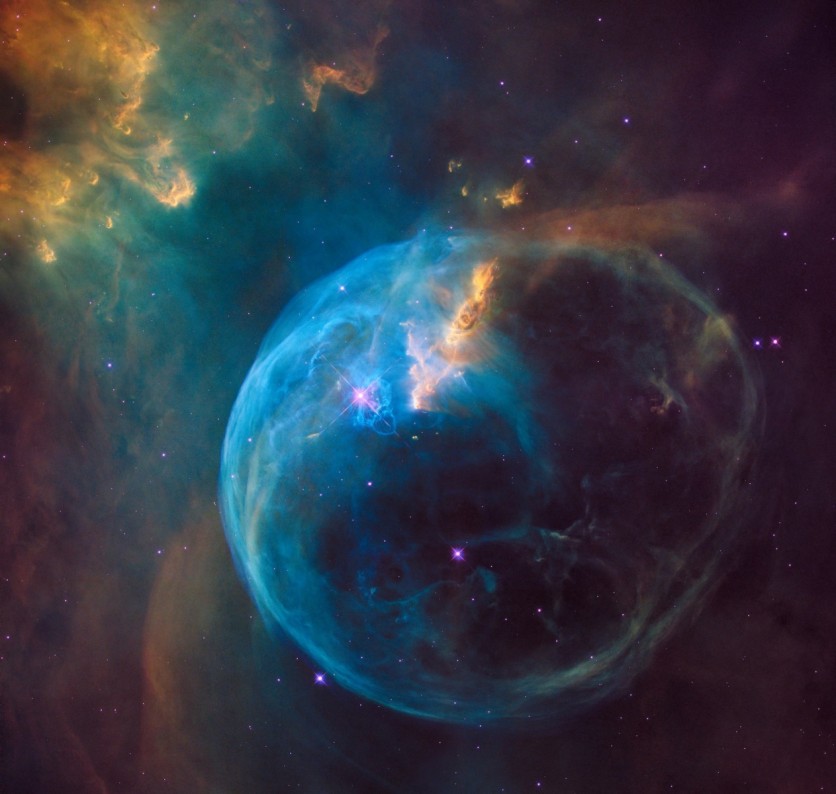
The TRAPPIST-1 system is a hot astronomy subject that amazes many scientists globally. This ultra-cool dwarf is reportedly 40 light-years away from Earth.
Recently, a group of researchers discovered that another TRAPPIST-1 planet differs from the other exoplanets. Based on their findings, the team said that no atmosphere is present in it.
Probing TRAPPIST-1 b and c
Using NASA's James Webb Space Telescope or JWST, the researchers learned that the TRAPPISt-1 b and TRAPPIST-1 c are unsuitable for life. It became even more evident when they found strange features in their atmospheres.
According to IFL Science, the astronomers are surprised that TRAPPIST-1 b has no signs of any atmospheric features. With this, the group assumed that TRAPPIST-1 b only has high-altitude clouds.
Another possibility they ruled out is that it's just a barren, rocky world. On top of that, its small atmosphere is likely heavily occupied by carbon dioxide.
Related Article : Exploring Beyond Earth: AI-Powered Method Unveiled for Detecting Life Beyond Earth
The Dominance of the Star
Surprisingly, the star itself significantly influences the observations of TRAPPIST-1 b. The star's radiant light has a substantial impact on the measurements.
According to Ryan MacDonald from the University of Michigan, the recent finding challenged the whole team to the point that its atmosphere was too small to detect.
"But what we do see is that the star is absolutely the biggest effect dominating our observations, and this will do the exact same thing to other planets in the system," MacDonald added.
Challenges with Stellar Contamination
Astronomers face the challenge of differentiating the exoplanet's spectrum from the star's interference.
TRAPPIST-1 is an active star featuring dark spots and bright faculae, creating spectral distortions. Additionally, the star occasionally experiences flares, causing sudden increases in brightness.
As Olivia Lim from the University of Montreal explains, if they don't solve how to deal with this star, it will be more difficult to assess other planets in the habitable zone. These include the TRAPPIST-1 d, e, and f.
Radiation and Atmospheric Clues
TRAPPIST-1 b receives approximately four times more radiation from its star than Earth does from the Sun. If it possessed a substantial atmosphere, this would be readily detectable. However, the absence of a notable atmosphere aligns with previous JWST observations and findings.
As the team gathers more information about the exoplanets and their compositions, the JWST and other telescopes will continue to explore the depth of the space.
To view the study titled "Atmospheric Reconnaissance of TRAPPIST-1 b with JWST/NIRISS: Evidence for Strong Stellar Contamination in the Transmission Spectra," visit The Astrophysical Journal Letters for more information.
In other news, Tech Times reports that there are reminders you need to remember if you want to see the full harvest moon this week. According to the experts, this will be the last supermoon of 2023.

![Apple Watch Series 10 [GPS 42mm]](https://d.techtimes.com/en/full/453899/apple-watch-series-10-gps-42mm.jpg?w=184&h=103&f=9fb3c2ea2db928c663d1d2eadbcb3e52)



